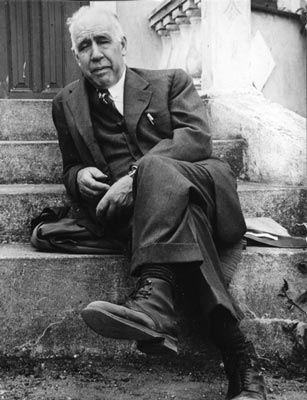Physicists in Australia have for the first time performed a measurement task with an atom laser. The achievement opens up the possibility of manipulating an atom-laser beam so that it may be used to process quantum information.
An atom laser is made from a Bose–Einstein condensate, a collection of ultracold atoms that have all fallen into the same quantum state. BECs generally have to be trapped — for example, with magnetic fields — but if some of the atoms are allowed to escape the confining potential they can produce a travelling matter wave.
Just like the light from a conventional laser, the matter wave from an atom laser is coherent and therefore has a well-defined quantum field that can be manipulated for processing and transmitting quantum information or for making measurements. Indeed, because atoms have a greater momentum than photons from conventional lasers they have a smaller de Broglie wavelength, which in principle means an atom laser can make spatial measurements that are more precise.
“In my opinion the experiment we have done really shows an important new direction that we are following,” John Close of the Australian National University in Canberra told physicsworld.com. “We and several other groups have spent many years developing the atom laser to be a useful tool.”
Two condensates
The measurement performed by Close and colleagues was of the interaction between an atom laser and another BEC, both made of rubidium–87 atoms but in different “hyperfine” states. The researchers positioned the atom laser above the second BEC so that its matter wave would fall through the lower collection of atoms and scatter. Then, by shining light at right angles to the plane of motion and recording the absorption distribution, they measured the scattering length — that is, how close scattering atoms got to each other — to be 94 times the radius of the atom’s electron cloud (arXiv:0805.0477).
“All other measurements that we know of in the field of atom lasers have been used to characterize the properties of the atom-laser beam itself rather than to use an atom laser to make a measurement of another quantity,” says Close.
Although the measurement of scattering length itself for those hyperfine states is not new, the fact that Close and colleagues have performed it with an atom laser is important because it will help physicists to understand how to manipulate atom lasers so they can be used in quantum information systems. This can already be achieved with conventional lasers by sending the light through non-linear media, leading, for example, to entangled photon beams.
Wolfgang Ketterle, a condensed-matter physicist at the Massachusetts Institute of Technology, US, who invented the atom laser in 1997, says that, although the Australian group’s experiment has not produced any new results or realized new concepts, it is imaginative and “uses a few nice tricks.”
Close explains that it is still “very early days” for applying atom lasers to measurement. “We have plans to produce high flux, tuneable, continuous and squeezed atom lasers that we think will be applicable to precision measurement in a variety of fields from surface science to metrology.”

